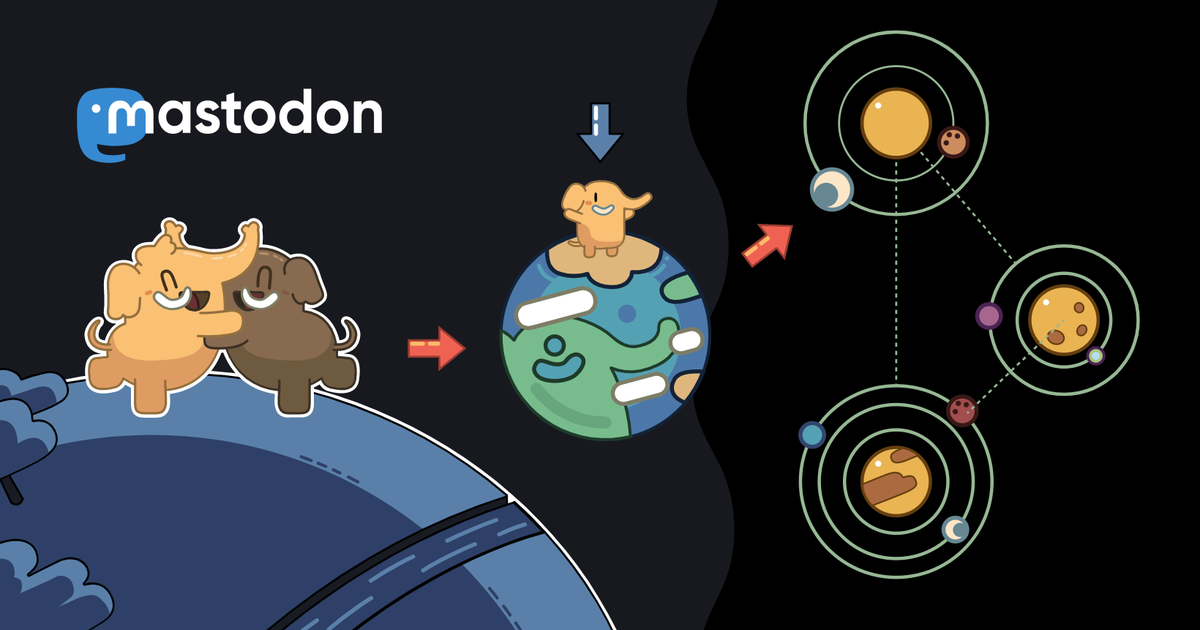CellBioNews<p>Researchers decode aqueous <a href="https://scientificnetwork.de/tags/amino_acid" class="mention hashtag" rel="nofollow noopener noreferrer" target="_blank">#<span>amino_acid</span></a>'s potential for <a href="https://scientificnetwork.de/tags/direct_air_capture" class="mention hashtag" rel="nofollow noopener noreferrer" target="_blank">#<span>direct_air_capture</span></a> of <a href="https://scientificnetwork.de/tags/CO_2" class="mention hashtag" rel="nofollow noopener noreferrer" target="_blank">#<span>CO_2</span></a>.</p><p><a href="https://scientificnetwork.de/tags/glycine" class="mention hashtag" rel="nofollow noopener noreferrer" target="_blank">#<span>glycine</span></a> <a href="https://scientificnetwork.de/tags/climate_change" class="mention hashtag" rel="nofollow noopener noreferrer" target="_blank">#<span>climate_change</span></a></p><p><a href="https://phys.org/news/2023-12-decode-aqueous-amino-acid-potential.html" rel="nofollow noopener noreferrer" translate="no" target="_blank"><span class="invisible">https://</span><span class="ellipsis">phys.org/news/2023-12-decode-a</span><span class="invisible">queous-amino-acid-potential.html</span></a></p>
Recent searches
No recent searches
Search options
Only available when logged in.
mstdn.social is one of the many independent Mastodon servers you can use to participate in the fediverse.

A general-purpose Mastodon server with a 500 character limit. All languages are welcome.
Administered by:
Server stats:
15Kactive users
mstdn.social: About · Status · Profiles directory · Privacy policy
Mastodon: About · Get the app · Keyboard shortcuts · View source code · v4.3.4
#co_2
0 posts · 0 participants · 0 posts today
CellBioNews<p>Unraveling <a href="https://scientificnetwork.de/tags/paddy" class="mention hashtag" rel="nofollow noopener noreferrer" target="_blank">#<span>paddy</span></a> <a href="https://scientificnetwork.de/tags/soil" class="mention hashtag" rel="nofollow noopener noreferrer" target="_blank">#<span>soil</span></a> secrets: Surprising contribution of <a href="https://scientificnetwork.de/tags/nonmicrobial" class="mention hashtag" rel="nofollow noopener noreferrer" target="_blank">#<span>nonmicrobial</span></a> mechanisms to <a href="https://scientificnetwork.de/tags/CO_2" class="mention hashtag" rel="nofollow noopener noreferrer" target="_blank">#<span>CO_2</span></a> emissions.</p><p><a href="https://scientificnetwork.de/tags/microbiome" class="mention hashtag" rel="nofollow noopener noreferrer" target="_blank">#<span>microbiome</span></a> <a href="https://scientificnetwork.de/tags/redox" class="mention hashtag" rel="nofollow noopener noreferrer" target="_blank">#<span>redox</span></a> </p><p><a href="https://phys.org/news/2023-11-unraveling-paddy-soil-secrets-contribution.html" rel="nofollow noopener noreferrer" translate="no" target="_blank"><span class="invisible">https://</span><span class="ellipsis">phys.org/news/2023-11-unraveli</span><span class="invisible">ng-paddy-soil-secrets-contribution.html</span></a></p>
ExploreLive feeds
Mastodon is the best way to keep up with what's happening.
Follow anyone across the fediverse and see it all in chronological order. No algorithms, ads, or clickbait in sight.
Create accountLoginDrag & drop to upload
